Whitesnake
Buy Whitesnake Whitesnake‘s eponymous 1987 album bears the dual distinction of being the moment where a rock band finally reaches its full commercial promise and assures its own rapid demise. Both of these achievements […]
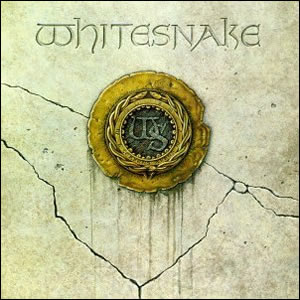
Buy Whitesnake Whitesnake‘s eponymous 1987 album bears the dual distinction of being the moment where a rock band finally reaches its full commercial promise and assures its own rapid demise. Both of these achievements […]
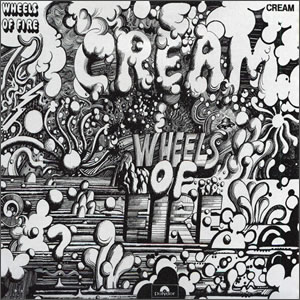
Buy Wheels of Fire The short-lived power trio Cream reached their apex with Wheels of Fire in 1968. This double album consists of one studio LP and one live LP, and it became […]
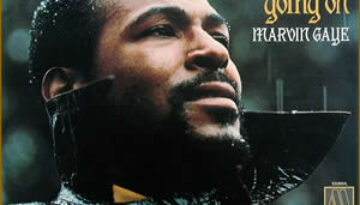
Buy What’s Going On When something is completely original, breakthrough, and/or innovative it grabs our attention. Classic Rock Review’s mission is to spotlight what are, in our opinion, the most essential albums in […]
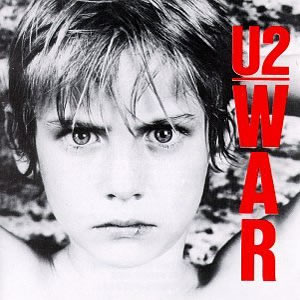
Buy War With their third album War in early 1983, U2 fully arrived on the international music scene and has remained on the top echelon ever since. A commercial success for the band, […]
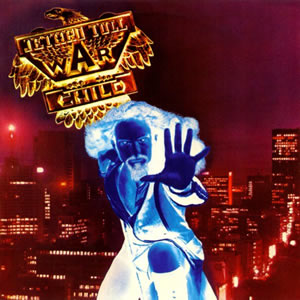
Buy War Child Jethro Tull made a sharp turn back towards a more traditionally structured album with War Child in 1974. Following two consecutive concept albums that each consisted of single, album-length suites, […]
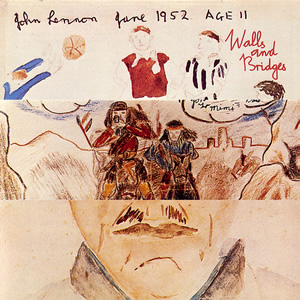
Buy Walls and Bridges Walls and Bridges seems to be one album that often gets lost in the John Lennon collection. It is not as dramatic as Plastic Ono Band, nor is it […]
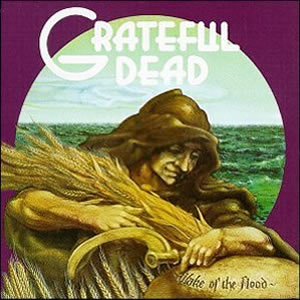
Buy Wake of the Flood The Grateful Dead‘s long awaited sixth studio album, Wake of the Flood, marked a new era for the California band. Their first studio album in nearly three years, […]
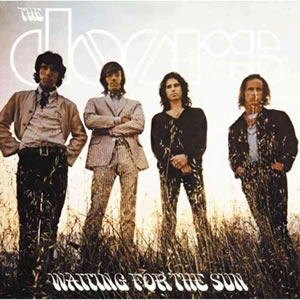
Buy Waiting For the Sun The Doors third album, Waiting For the Sun, is probably the weakest of their six original studio albums. Lead vocalist and lyricist Jim Morrison admitted that he was […]
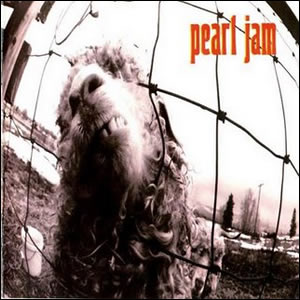
Buy Vs. Pearl Jam tried to strike a balance between embracing their phenomenal success brought on by their debut Ten (our 1991 Album of the Year) and trying to maintain their rigorous standards […]
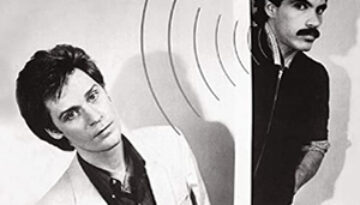
Buy Voices Hall and Oates finally reached commercial pay dirt with their ninth studio album, Voices. Released in the summer of 1980, this record was on the Billboard album charts for over 100 […]